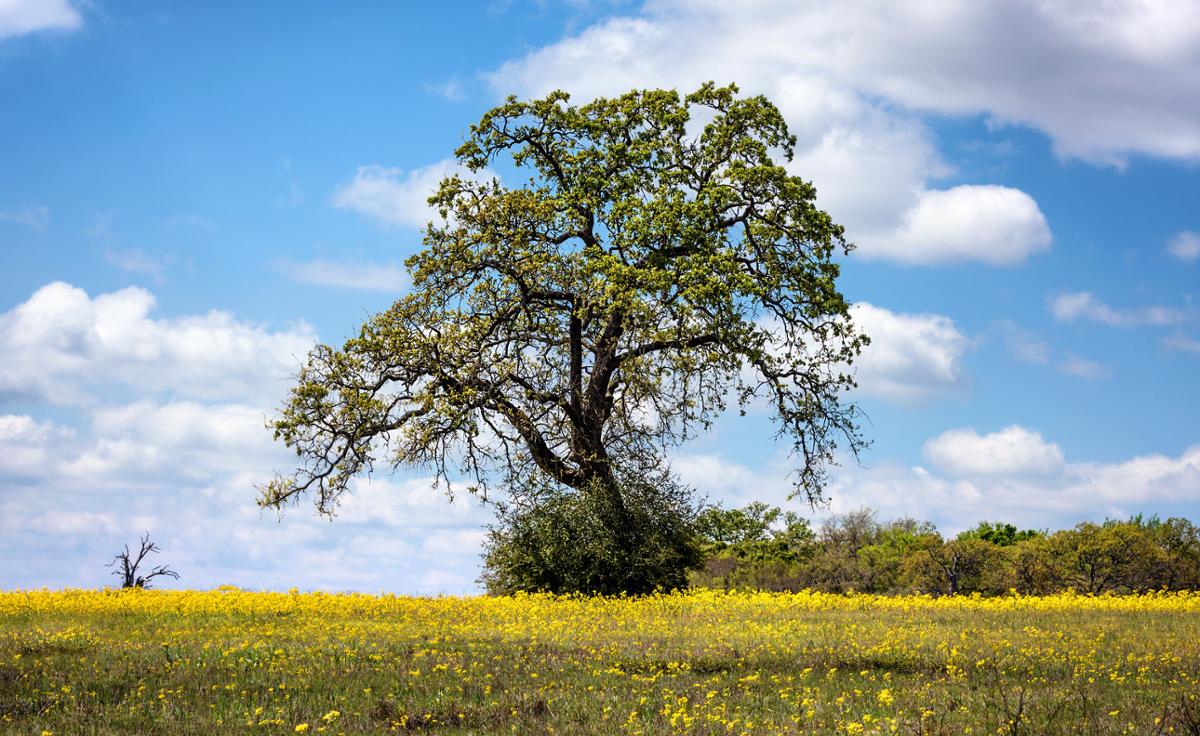Johnny Appleseed went around planting apple trees. Should we be doing the same, or are there trees that better serve our needs today? A group of researchers wanted to find out what trees would best help urban areas control pollution, flooding, and heat.
Focusing on the city of Houston, they came up with a rating system for native trees that assigned each species of tree a carbon emission score, a calculation assessing the species’ ability to absorb other types of air pollution, a flood mitigation score, and an urban heat island reduction score. This data was used to arrive at a total score and ranking for each tree species.
And the winner is? Researchers named the live oak as number one, with the American sycamore coming in second place. Live oaks won hands-down for their ability to soak up all types of pollutants. American sycamores weren’t as great at absorbing carbon, but still reached the number two spot thanks to their ability to absorb other pollutants, such as ozone, nitrogen oxides, carbon monoxide, and sulfur dioxide, as well as their superior ability to help prevent flood damage and to reduce heat thanks to their large canopies. Of the 54 trees they evaluated, researchers named the top 17 as “super trees,” or trees best suited to counteract pollution, flooding, and heat in the city.
The group is currently planting 14 of these species to better study their effects on neighborhoods. They decided against fruit trees to help make maintenance easier. Who knows? Maybe there’ll be a Johnny Live Oak Seed roaming around Houston one day.









